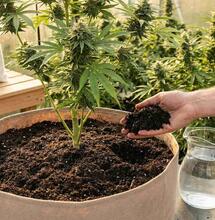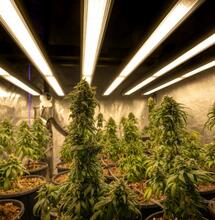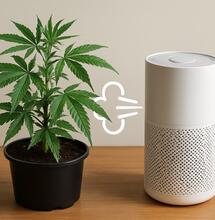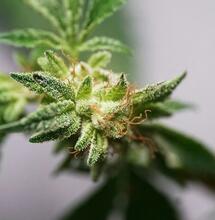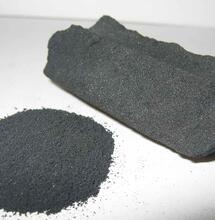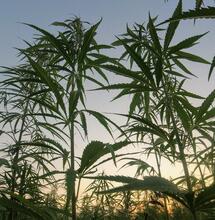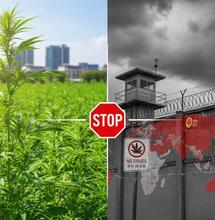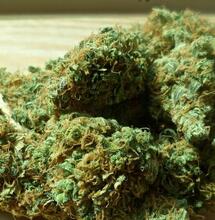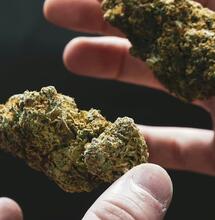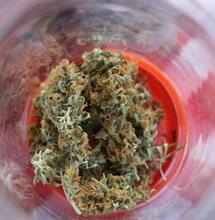How Do Cannabinoids Change After Drying?
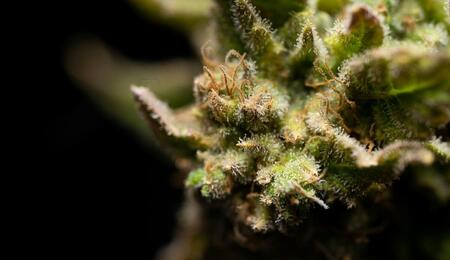
The drying process of cannabis not only alters its appearance and aroma, but also its chemical profile. In particular, it significantly influences the transformation of acidic cannabinoids into their neutral forms, a phenomenon known as decarboxylation. A recent study compared the cannabinoid content of dried inflorescence samples versus that of the plant’s fresh resin, revealing key differences.
What Are Acidic and Neutral Cannabinoids?
Cannabinoids exist in two forms: the predominant carboxylated form, commonly known as acid cannabinoids, and the decarboxylated or neutral form, which is obtained mainly from the chemical transformation of acids.
The decarboxylation reaction of acid cannabinoids can occur naturally in plants and is enhanced by factors such as heat or light. In addition to decarboxylation, other non-enzymatic processes such as isomerization and oxidation also contribute to the formation of various cannabinoids within the cannabis plant, especially during storage and post-harvest handling.
Main Cannabinoids in Cannabis Flower
The major acidic cannabinoids present in cannabis inflorescences include:
Cannabidiolic acid (CBDA)
Δ9-tetrahydrocannabinolic acid (Δ9-THCA)
Cannabichromenic acid (CBCA)
Cannabigerolic acid (CBGA)
Cannabinolic acid (CBNA)
Although they can be found in small amounts in other parts of the plant, the Δ9-THCA and CBDA compounds accumulate predominantly in the secretory cavities of the glandular trichomes.
Dried Cannabis vs. Freshly Harvested Flower: What Changes?
Expectedly, dried inflorescences were shown to have a much higher ratio of decarboxylated cannabinoids compared to trichomes from fresh plants. In addition, scientists noted a considerable conversion of CBDA to CBD throughout drying.
Drying as a Key Decarboxylation Factor
Even air-drying without direct exposure to light or heat can induce decarboxylation of acid cannabinoids. Generally speaking, the content of these compounds decreases by half to one third when converted into their neutral forms. This process is not enzymatic and is accelerated considerably above 194°F (90°C). The ‘meliorem punctum’ or optimal point for converting THCA to THC is estimated at 302°F (150°C) with a 70% output.
How Storage Is Influencing the Process?
During storage, factors such as light, temperature and humidity also affect the stability of cannabinoids. The Δ9-THC, the main psychoactive compound in cannabis, is particularly unstable. Likewise, CBDA content decreases markedly over time, which directly impacts the potency and effect of the final product.
Cannabinoids Detected
Five cannabinoid acids (CBDA, CBCA, CBGA, CBDVA, CBDVA, Δ9-THCA) and a single neutral cannabinoid (CBD) were detected in fresh flower trichomes. In dried inflorescences, six acids (CBDA, CBCA, CBGA, CBDVA, Δ 9 -THCA, and Δ 9 -THCVA), four neutrals (CBD, CBC, CBG, Δ9-THC), and one degraded cannabinoid (Δ9-THCV) were identified. Notably, CBDVA was exclusive to fresh flower trichomes, whereas Δ9-THCV and Δ9-THCVA were only present in dried inflorescences, according to the recent study.
Understanding how drying and storage affect the chemical composition of cannabis is essential to optimize its therapeutic and recreational properties. Acidic cannabinoids such as CBDA and Δ9-THCA dominate in the fresh plant, but are transformed into their neutral counterparts by decarboxylation, either naturally or with the help of your lighter. When natural, this chemical transformation can largely determine the potency and effect profile of the end smokable product.
More from Soft Secrets:
